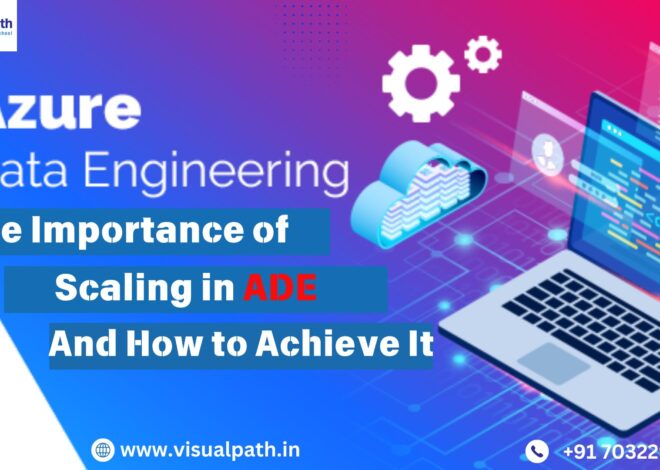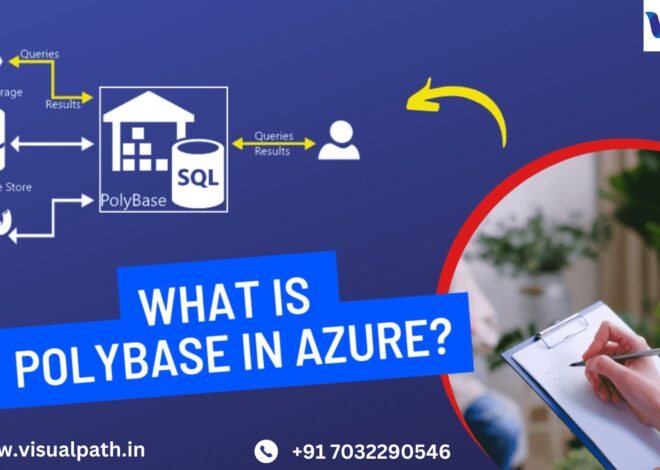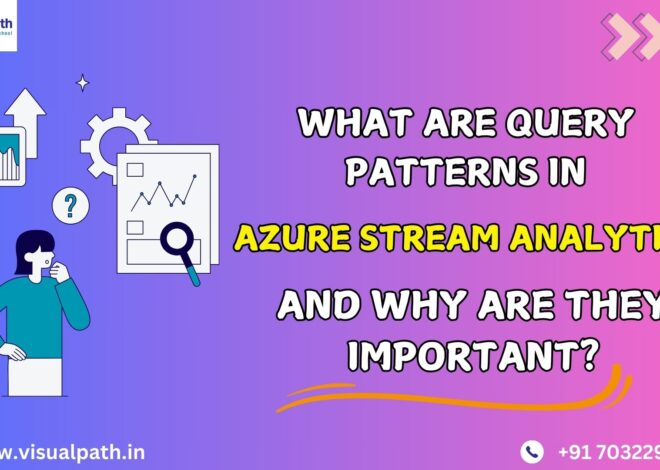Microsoft Azure Data Engineers: Data Integration Techniques
Microsoft Azure Data Engineer Data integration is a cornerstone of modern data engineering, enabling organizations to unify disparate data sources into a cohesive system for analysis and decision-making. Microsoft Azure provides a robust suite of tools and services to facilitate data integration, making it a key platform for data engineers. This article explores essential data integration techniques and tools available in Azure, offering practical insights for Azure Data Engineers.
Introduction to Data Integration in Azure
Data integration involves combining data from different sources, formats, and structures into a unified view. In Azure, data engineers can leverage cloud-native services to integrate structured, semi-structured, and unstructured data effectively. Key use cases include real-time analytics, data warehousing, and machine learning.
Importance of Data Integration
- Facilitates data-driven decision-making.
- Supports seamless migration and transformation of legacy systems.
- Enhances data consistency and reliability across applications.
Key Data Integration Techniques
ETL (Extract, Transform, Load)
ETL processes extract data from source systems, transform it into the desired format, and load it into a target system such as a data warehouse. In Azure, ETL can be implemented using Azure Data Factory (ADF).
Azure Data Factory: ADF enables visual workflows for data movement and transformation. It supports over 90 data connectors and enables complex transformations using Data Flow.
- Best Use Cases: Batch processing, data transformation for analytics.
- Advantages: Scalable, serverless architecture. Azure Data Engineer Course
ELT (Extract, Load, Transform)
Unlike ETL, ELT involves loading raw data into a storage system (like Azure Data Lake or Synapse Analytics) before applying transformations.
Azure Synapse Analytics: A cloud-based data integration and analytics platform that supports ELT by leveraging SQL-based transformations and integration with big data.
- Best Use Cases: Data lakes, big data processing.
- Advantages: Faster data ingestion, minimizes transformation bottlenecks.
Real-Time Data Integration
Real-time data integration is essential for applications that require immediate data insights. Azure provides tools like Azure Stream Analytics and Event Hubs.
Azure Stream Analytics: Processes and analyzes real-time streaming data from IoT devices, social media, or application logs.
- Best Use Cases: Fraud detection, real-time monitoring.
- Advantages: Low latency, integration with Power BI for visualization.
Azure Event Hubs: A highly scalable event ingestion service to collect and store real-time events before processing.
Advantages: Reliable and scalable for high-throughput scenarios.
Data Integration Tools in Azure
Azure Data Factory (ADF)
ADF is the backbone of Azure’s data integration capabilities. It supports both code-free visual workflows and programmatic execution through APIs.
Key Features:
- Pre-built connectors for databases, SaaS applications, and file systems.
- Data flow for no-code transformations.
- Integration with Azure Key Vault for secure credential management.
Azure Synapse Analytics
Synapse combines big data and data warehousing capabilities, offering seamless integration with other Azure services.
Key Features:
- Support for T-SQL queries to process data at scale.
- Built-in connectors for integration with Azure Data Lake Storage.
- Scalable compute and storage.
Azure Logic Apps
Azure Logic Apps provide workflow automation for integrating applications and data sources.
Key Features:
- Prebuilt templates for common integration scenarios.
- Integration with APIs and connectors like Salesforce, SAP, and Oracle.
Techniques for Optimizing Data Integration
Data Partitioning
Partitioning involves splitting large datasets into smaller, manageable chunks to improve performance.
- Azure Example: Use partitioning in Azure Data Lake or Azure Synapse to optimize query performance.
Incremental Data Load
Incremental loading ensures only new or updated data is integrated, reducing processing time and costs.
- Azure Example: Implement incremental load pipelines in ADF by using watermarking techniques.
Schema Mapping
Schema mapping ensures data consistency when integrating data from heterogeneous sources.
- Azure Example: Use ADF’s mapping data flows to map and transform data during ETL/ELT processes. Azure Data Engineering Certification
Challenges in Data Integration and Mitigation
Challenge 1: Handling Large Volumes of Data
- Solution: Use Azure Data Lake for scalable storage and distribute processing across multiple compute nodes in Synapse.
Challenge 2: Data Quality Issues
- Solution: Implement data cleansing and validation steps in ADF pipelines.
Challenge 3: Real-Time Processing Complexity
- Solution: Use Azure Event Hubs with Azure Stream Analytics for scalable real-time data integration.
Future Trends in Data Integration
AI-Driven Data Integration
- Tools like Azure Cognitive Services are being integrated into data pipelines for intelligent data transformation.
Conclusion
Data integration is a critical responsibility for Azure Data Engineers, enabling unified data ecosystems that drive business intelligence and innovation. Leveraging Azure tools like ADF, Synapse Analytics, and Event Hubs ensures scalability, efficiency, and adaptability. By following best practices, staying informed about emerging trends, and addressing integration challenges proactively, Azure Data Engineers can create robust data integration frameworks that meet modern business needs.
Visualpath Advance your skills with Microsoft Azure Data Engineer. Expert-led training for real-world application. Enroll now for comprehensive Azure Data Engineering Certification and career growth. We provide Online Training Courses study materials, interview questions, and real-time projects to help students gain practical skills.
Key points:
Azure Data Factory (ADF), Azure Data bricks, Azure Synapse Analytics, Azure SQL Database, Azure Cosmos DB, Azure Blob Storage, Azure Data Lake, SQL, Power BI
WhatsApp: https://www.whatsapp.com/catalog/919989971070/
Blog link: https://visualpathblogs.com/
Visit us: https://www.visualpath.in/online-azure-data-engineer-course.html




